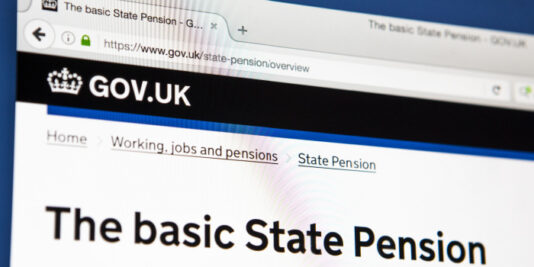Will the Triple Lock continue in 2024?
There has been plenty of speculation in recent months that the UK government would suspend the Triple Lock for State Pensions due to soaring inflation rates.
With State Pension increases possibly outpacing inflation by the start of the next tax year, and the government’s fiscal management leaving a lot to be desired, the future of the Triple Lock is in question ahead of the next General Election.
But what exactly is the Triple Lock, and how does it affect your pension? Here is a quick summary of what’s happening with the State Pension Triple Lock.





